Collection |
Collections
-
-
Collection |
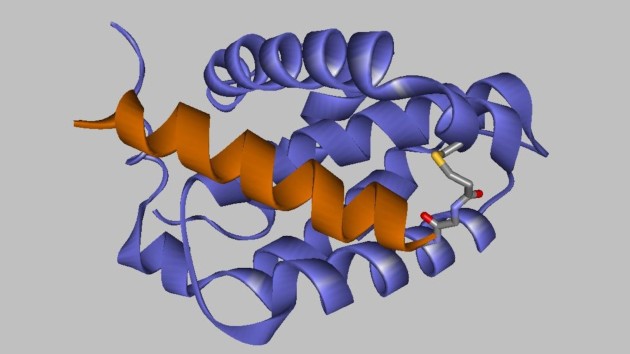 Covalent chemical probes
Covalent chemical probes
Covalent chemical probes represent powerful tools that can be used for biology discovery, target validation, and as starting points for drug discovery programmes. This Collection aims to bring together research across the broad remit of covalent biomacromolecule labelling chemistry.
Image: © [M] Andrew Wilson -
Collection |
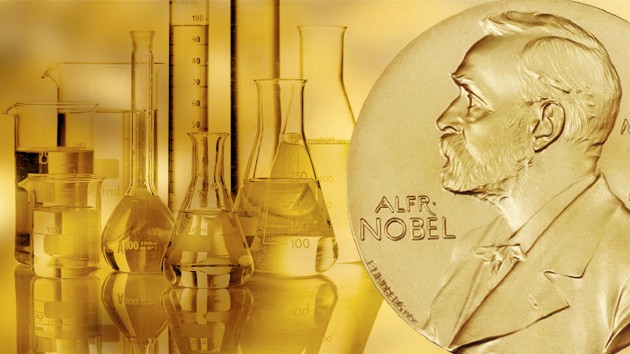 Nobel Prize in Chemistry 2023
Nobel Prize in Chemistry 2023
The 2023 Nobel Prize in chemistry has been awarded to Moungi G. Bawendi, Louis E. Brus and Alexei I. Ekimov for the discovery and synthesis of quantum dots.
Image: Springer Nature/The Nobel Foundation/Imagesource -
Collection |
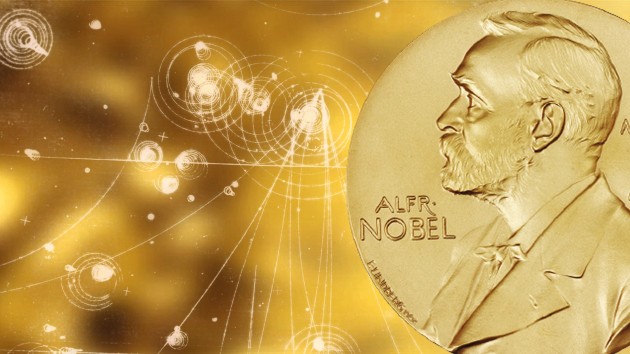 Nobel Prize in Physics 2023
Nobel Prize in Physics 2023
The Nobel Prize in Physics 2023 has been awarded to Pierre Agostini, Ferenc Krausz and Anne L’Huillier “for experimental methods that generate attosecond pulses of light for the study of electron dynamics in matter“.
Image: Springer Nature/The Nobel Foundation/Imagesource -
Collection |
 Queer in Chem
Queer in Chem
Communications Chemistry is thrilled to present our Queer in Chem series — a collection of Q&A articles in which we interview accomplished queer chemists.
Image: iStock -
Collection |
 Plasmon-mediated chemistry
Plasmon-mediated chemistry
This collection aims to cover a comprehensive range of topics related to plasmon-mediated chemical reactions.
Image: Christa Brosseau -
Collection |
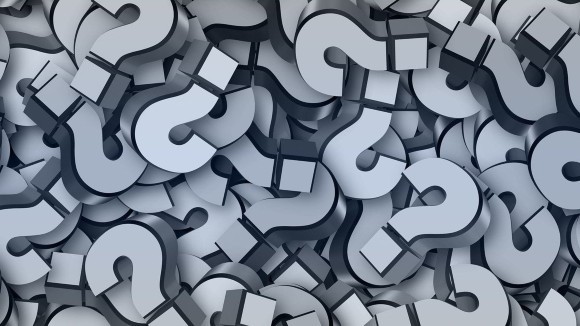 Open Questions in Chemistry
Open Questions in Chemistry
In spite of decades of research and the enormous progress made, chemists continue to grapple with poorly understood aspects of the world around us. This collection aims to uncover open questions across the breadth of the chemical sciences. Each Comment provides an overview of a focused field of research, identifies key open questions, and gives expert opinion on how challenges in answering these questions might be overcome.
Open for submissions -
Collection |
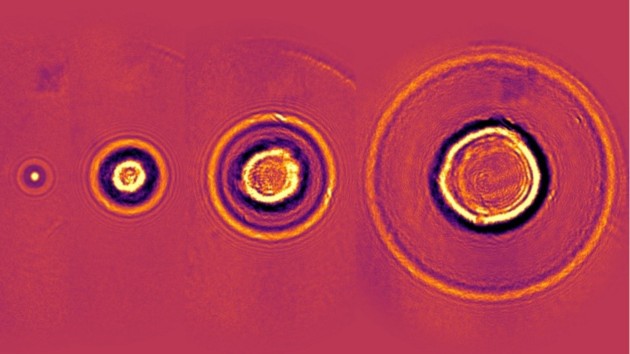 Free-electron lasers — development and application
Free-electron lasers — development and application
In this open collection, we aim to publish articles in multidisciplinary areas dedicated to the recent development of FEL sources and their applications. This collection will feature technical and instrumental progress in the generation of FEL pulses at higher repetition rates and their spectral and temporal characterization.
Image: Featured image of Vassholz et al., Nat Commun 12, 3468 (2021)Open for submissions -
Collection |
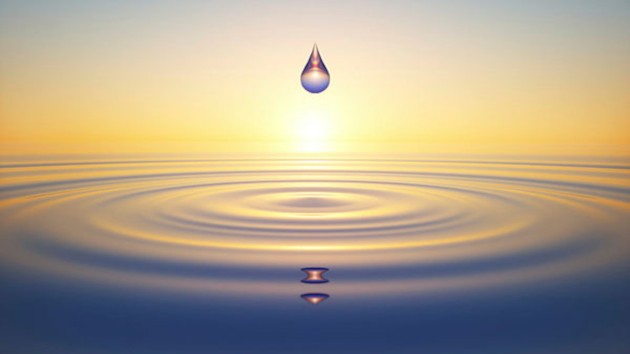 Water Treatment and Harvesting
Water Treatment and Harvesting
In this collection, we welcome submissions that report advances in water filtration and desalination, water pollution remediation and water harvesting with demonstrated potential for improved application.
Image: [M] peterschreiber.media / stock.adobe.comOpen for submissions -
Collection |
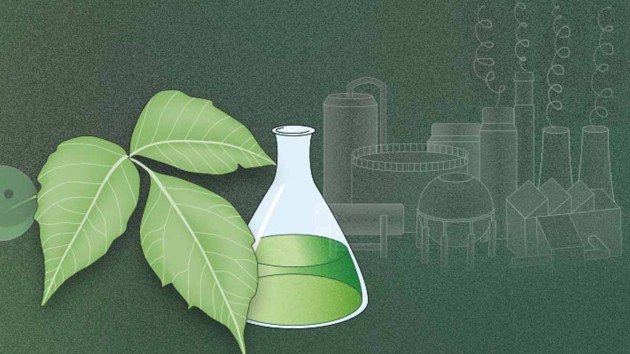 Green Chemistry
Green Chemistry
Chemistry has always had a central role in the provision of food and energy, materials and medicines. Recent years have increasingly seen chemistry research move towards environmentally friendly, sustainable products and processes.
Image: Erin Dewalt, Lauren Robinson, David Schilter, Rachael Tremlett -
Collection |
 Celebrating 5 years of Communications Chemistry
Celebrating 5 years of Communications Chemistry
Communications Chemistry is celebrating five years of publishing. To mark the occasion, the Editors have put together a Collection of articles from the last five years, celebrating some of the most talked about, most downloaded and most highly-cited content published in the journal.
-
Collection |
 Development of Future Zinc-based Aqueous Batteries
Development of Future Zinc-based Aqueous Batteries
Recognizing the potential of and ongoing intense research in aqueous zinc-based batteries, the editors of Nature Communications, Communications Chemistry and Communications Materials welcome submissions of primary research demonstrating significant development in all areas of aqueous zinc-based batteries from key element design and fundamental understanding to integrated battery systems.
Image: Li et al. Nat Commun 13, 2870 (2022)

 Advances in organic synthesis
Advances in organic synthesis